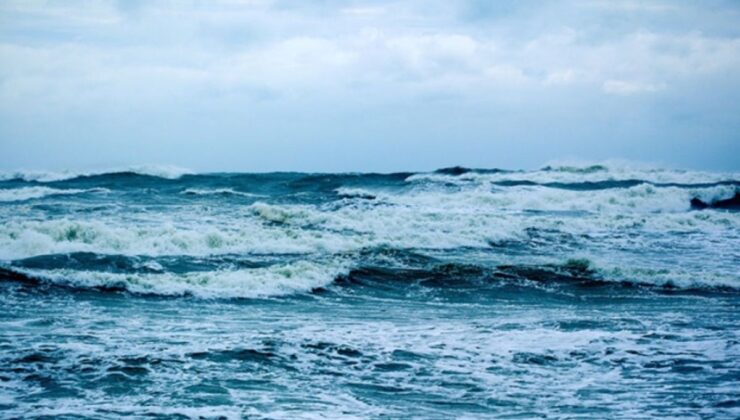

With approximately 75% of its surface enveloped by oceans, Earth appears as a ‘pale blue dot’ when viewed from space. However, a groundbreaking study by Japanese scientists has unveiled that the primordial oceans of Earth were likely green. This study, featured in the prestigious journal Nature, also forecasts a possibility of the oceans turning purple in the distant future.
In Earth’s formative years, the oceanic hue was dominantly influenced by water chemistry and the advent of photosynthetic processes. During the Archaean and Paleoproterozoic eras, spanning from 3.8 to 1.8 billion years ago, life was restricted to single-celled organisms, and free oxygen was absent from the atmosphere.
Back then, rainwater eroded rocks, leaching iron into rivers that fed the oceans. Additionally, undersea volcanic activities contributed substantial iron deposits. This iron underwent oxidation when it interacted with the minimal oxygen produced by anaerobic photosynthesis, one of the earliest forms of photosynthetic activity.
Over millennia, this oxidation process allowed free oxygen to gradually accumulate in the atmosphere, culminating in the Great Oxidation Event—a pivotal moment that enabled the emergence of complex life on Earth.
The research drew inspiration from the verdant waters around Japan’s volcanic island of Iwo Jima. This distinctive green hue results from an oxidized iron form known as Fe(III), where concentrations of blue-green algae thrive.
Scientists discovered that genetically altered strains of contemporary blue-green algae exhibit enhanced photosynthetic capabilities under green light conditions. These organisms possess not only the ubiquitous pigment chlorophyll but also a secondary pigment called phycoerythrobilin (PEB), which optimally harnesses green light. This discovery hints that ancient oceans might indeed have been green.
An intriguing implication of this research is that if astronomers observe a planet with a pale green appearance from afar, it might indicate the presence of nascent photosynthetic life forms.
During the Archean period, the proliferation of oxygen led to the aggregation of oxidized iron particles on the ocean’s surface, imparting a greenish tint to the waters.
According to experts, the color of oceans is not static; they can transition over time to shades like purple, red, or brown.
Purple oceans can arise from the proliferation of purple sulfur bacteria, which flourish in sulfur-rich, low-oxygen environments.
Red oceans might result from iron-laden rivers or algae blooms triggered by fertilizers, often causing ‘red tide’ events.
In the future, increasing UV radiation from an aging Sun might accelerate these transformations. Ultimately, it is anticipated that the Sun’s expansion will lead to the complete evaporation of all oceans.
SİGORTA
18 saat önceSİGORTA
18 saat önceSİGORTA
23 saat önceSİGORTA
2 gün önceSİGORTA
3 gün önceBİLGİ
5 gün önceSİGORTA
6 gün önceSİGORTA
9 gün önceSİGORTA
14 gün önceSİGORTA
16 gün önce 1
DJI Mini 5: A Leap Forward in Drone Technology
20199 kez okundu
1
DJI Mini 5: A Leap Forward in Drone Technology
20199 kez okundu
 2
xAI’s Grok Chatbot Introduces Memory Feature to Rival ChatGPT and Google Gemini
14211 kez okundu
2
xAI’s Grok Chatbot Introduces Memory Feature to Rival ChatGPT and Google Gemini
14211 kez okundu
 3
7 Essential Foods for Optimal Brain Health
13051 kez okundu
3
7 Essential Foods for Optimal Brain Health
13051 kez okundu
 4
Elon Musk’s Father: “Admiring Putin is Only Natural”
12907 kez okundu
4
Elon Musk’s Father: “Admiring Putin is Only Natural”
12907 kez okundu
 5
Minnesota’s Proposed Lifeline Auto Insurance Program
10772 kez okundu
5
Minnesota’s Proposed Lifeline Auto Insurance Program
10772 kez okundu
Sigorta Güncel Sigorta Şikayet Güvence Haber Hasar Onarım Insurance News Ajans Sigorta Sigorta Kampanya Sigorta Ajansı Sigorta Sondakika Insurance News